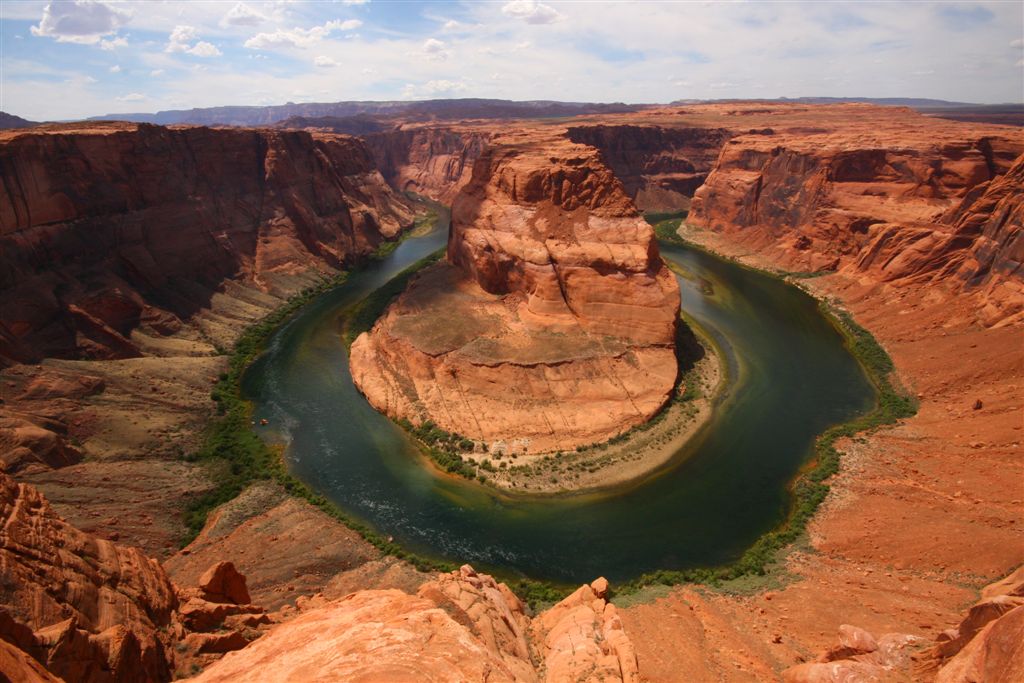In our hunt for energy, we turn in many directions, especially those that will affect the environment to a lesser extent than the conventional fossil fuels. Though renewable energy is a sustainable form of energy production – it is after all infinite – it does not always mean that this form of energy production is without impact.
In 1963 the Glen Canyon Dam was built across the Colorado River, running through the Grand Canyon. Doing so created Lake Powell and helped in the generation of hydroelectric power. By 1974, researchers discovered the impact the dam had further downstream along the Colorado River, with shrinking sandbars as they no longer were replenished by sediment trapped in Lake Powell, behind the dam. Since then, scientists have been trying to get insight into the possibility of controlled flooding of the river to maintaining, or growing, the number of sandbars in the Colorado River. A new High Flow Experimental Release (HFE) Protocol could be the solution. However, care needs to be taken to protect both the downstream eco-system, as well as ensuring sufficient power generation by the dam.
Read more in this week’s EOS article 🙂

Colorado Horseshoe Bend (by Ioannis Daglis, taken from ImagGeo)
